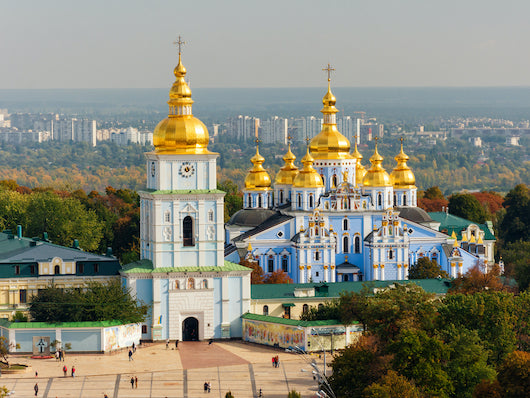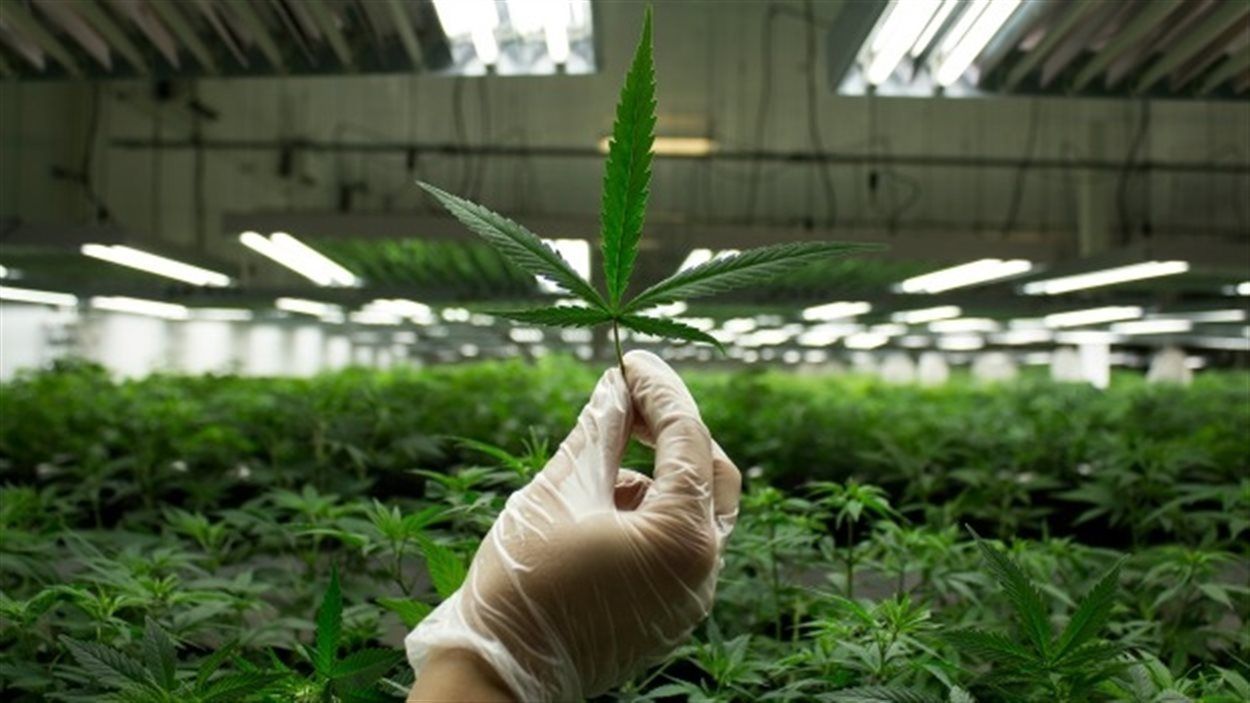How much do you actually know about Ukraine?
This question might have been one that echoed in your mind in the last couple of days, "thanks to" what is happening today.
Ukraine is home to the first constitution in the modern world.
Ukraine is the biggest country in Europe.
Ukraine is the eighth most populous country in Europe with a population of 43.6 millions.
The country with rich and diverse culture, the birthplace of numerous talented artists and public figures known all around the world.
Ukrainian leaders shielded thousands of Jews during WWII.
The nation's capital and largest city is Kyiv.
Ukraine has seven World Heritage Sites that include Kyiv’s Saint-Sophia Cathedral and Lviv’s historic centre, unique wooden churches in the Carpathians and the beech forests that surround them.

The official language of Ukraine is Ukrainian.
Vyshyvanka is the name of the National Costume of Ukraine. This is differentiated from others because of its embroidery work which features Ukrainian embroidery. Vyshyvanka is a plain white shirt made of linen and decorated with floral or ornamental hand-sewn embroidery. And the speciality of the costume is that it is worn by both men and women.

Ukraine is the "bread basket" of Europe.
The vast tracts of arable land in Ukraine with fertile black soil made it an ideal place for growing wheat and other food crops. Today, Ukraine continues to be one of the largest producers of wheat in the world.
Ukraine already dealt with a huge blood bath when the Chernobyl Disaster, happened in Ukraine. The site where this disaster happened and its surroundings is located in northern Ukraine and is part of the Chernobyl Exclusion Zone, established by the USSR soon after the accident in 1986. Within the zones are a number of abandoned towns, most notably Pripyat, that draw interest from all over the world.
Ukraine officially declared itself an independent country on August 24, 1991, when the communist Supreme Soviet (parliament) of Ukraine proclaimed that Ukraine would no longer follow the laws of the USSR and only the laws of the Ukrainian SSR, de facto declaring Ukraine's independence from the Soviet Union.
And this is exactly why WE are writing this, today.
Aiming to help spread some light upon this piece of land that neighbours Romania, home of De IONESCU, we thought we could share some basic facts about the country we've all been rooting for since February 24th.
De IONESCU is proud to
craft both formal and urban outfits for every gentleman in the world.
We believe in sustainability and thus, strive to keep our full supply chain in Europe.
UKRAINE being one of our MAIN HEMP suppliers,
we slovenly stand behind its people, hoping that this terrible conflict ends soon and with very little casualties.

Hemp in UKRAINE
Hemp cultivation is one of the oldest branches of national agriculture.
- The world’s largest Cannabis fiber producer was the Soviet Union with approximately 3,000 square kilometers (300,000 hectares, or about 741,000 acres) under cultivation in 1970, and the main production areas were in Ukraine, the Russian regions of Kursk and Orel, as well as near the border with Poland (Ehrensing 1998).
2. Russia was the world's major exporter of hemp since it alone, of all the major hemp-producing countries, was able to supply the most hemp and produce it at the cheapest prices. Since England had no other source of supply that could meet its needs, England was Russia's best customer, importing two-thirds of all of Russia's exports by the eighteenth century.
The center of Russia's hemp industry was located in the Ukraine and in the countryside between Poland and Moscow. Farmers raised and cleaned their hemp for sale to wholesalers, who bought it from them and transported it retailers into towns, who in turn shipped it to various ports such as Riga and St. Petersburg.
Since hemp was sold on the basis of weight, it was relatively easy to increase its cost either by adding stones, timber, rotten hemp, or rubbish to the bales, by wetting down the fibers, or simply by giving the buyer a false weight.
Because of the widespread fraud among Russian retailers, the Russian government instituted a formal inspection office called the Brack, consisting of local port officials whose job was to make sure that fraud was not being perpetrated on buyers. Brack inspectors were supposed to be financially liable to a buyer on proof of fraud, but it was almost impossible to prove fraud until the hemp was unloaded in England. In some ports such as Riga inspection was rigorous, whereas in ports such as St. Petersburg it was lax and fraud was rampant.
3. In the middle of the nineteenth century, Porcher (1863) referred to the cooking and consumption of hemp seed by peoples of Eastern Europe: “Russians and Poles, even of the higher class, bruise or roast the seeds, mix them with salt, and eat them on bread.” There are in fact many Baltic and Eastern European ethnographic references to people preparing and eating hemp seeds.
There are few if any remaining recipes for this Eastern European hempseed porridge; thus it is not clear if oil was extracted before the seeds were mixed into the porridge. In Latvia and Lithuania, as well as in Poland and Ukraine, a soup made from hemp seeds, known as semientiatka, is eaten ritually on Christmas Eve.
4. In Ukraine, hemp flowers gathered on St. John’s Eve (June 23) were thought to counteract witchcraft and protect farm animals from the evil eye (Benet 1975). St. John’s Eve and hemp are also associated with love divination.
5. Hemp was extremely popular in Ukraine in 2016. Then, hemp crops occupied 3,47 thousand hectares. In 2018, the area does not exceed 1,5 thousand hectares. This culture is becoming less popular because of poor development of the hemp processing industry and a lack of a state strategy to support the manufacturer.
At present, seven varieties of hemp are considered to be suitable for cultivation in Ukraine. In particular: YUSO 31, Zolotonisʹki 15, Hlyana, Hlesiya, Nika, Viktoriya, Hlukhivsʹki 51.

Leave a comment